I’ve been fascinated by archaeology since childhood, so getting the opportunity to explore a largely undisturbed site like the settlement at Eskimo Bay was one of the highlights of the trip for me.
With about 45 of us clustered around her (the kayakers arrived a bit later, in a sort of second wave), Carol pointed out the house remains. She coached us to look at the ground and walk gently around the settlement — never-before-seen artifacts weather out of the ground every season, and it would be easy to crush one before it was even recognized.
She talked a bit about what life was like for the inhabitants, and pointed out features that made the site an ideal village location: a nearby stream, the flat shore good for landing kayaks, and the sheltered nooks and crannies that the people used as work shelters and lookouts.
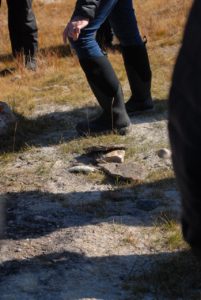
Carol points out a snow knife that has begun weathering out of the ground. Some of the knife is still embedded in the ground, so she covers it with a few flat stones between visits to protect it.
After a bit of searching, Carol found a couple of flat rocks that she remembered from her last visit to the site a couple years ago, and carefully moved them aside to reveal a bone implement — a “knife” used to harvest packed snow to be melted into water. We clustered around, oohed and aahed, and took photos.
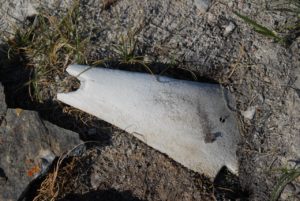
The snow knife is fashioned from the jawbone of a musk ox. I associated snow knives with igloos, but Carol explained this knife was used to harvest snow or ice to be melted into water.
Meanwhile one of the other guides, Gary, retrieved a cache of bone artifacts that have been gathered over time and set them out on a lichen-covered boulder for us to admire.
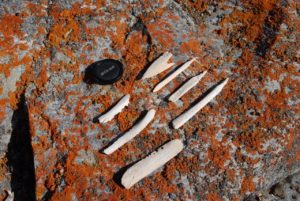
This site is particularly rich in worked bone artifacts. In the past the artifacts have been added to a cached collection as they were found, and the collection is displayed for visitors.
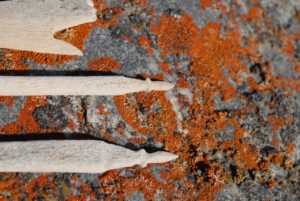
I find the way the ends of these delicate pieces were worked intriguing. Are these tools, ornaments, game pieces, amulets…?

Here’s a bit of bone I found with holes drilled through. Ancient Inupiak did not have metal knives or saws. A line of drill holes would perforate bone or shell so they could snap it into pieces. Maybe this was a practice piece?

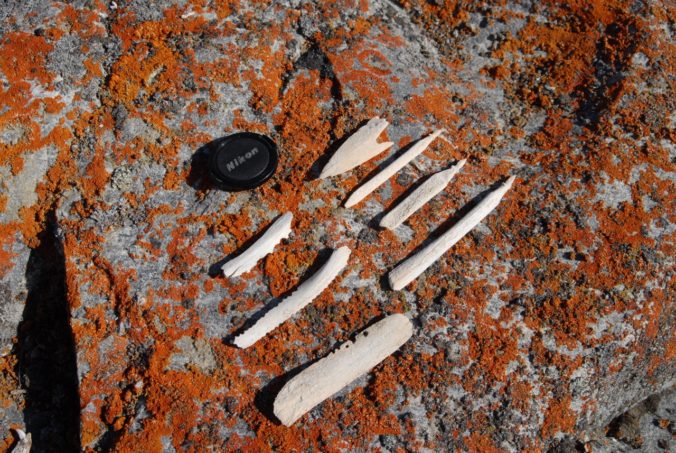
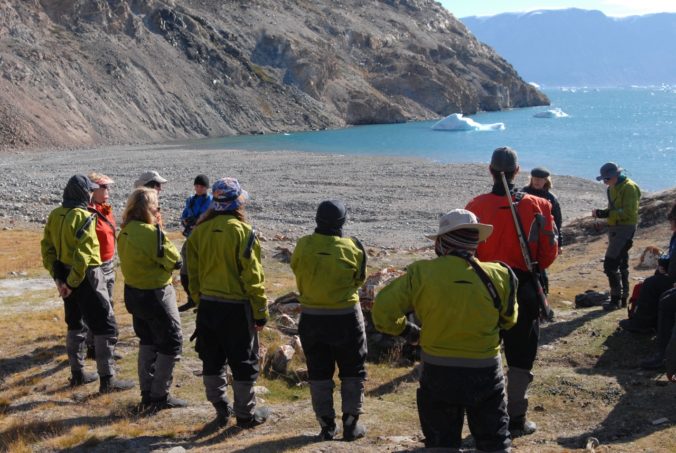

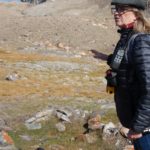
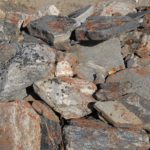
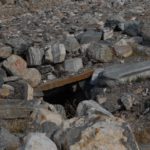
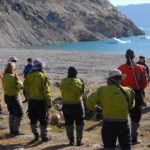
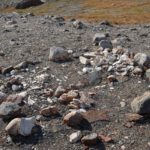
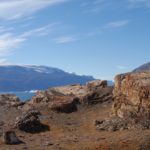
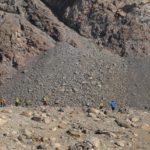
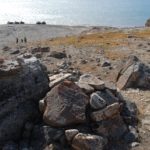

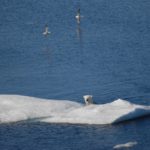
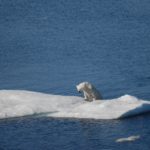
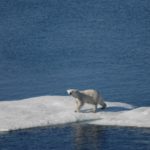

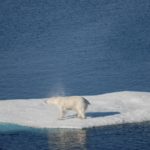
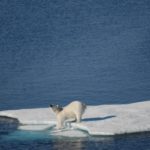

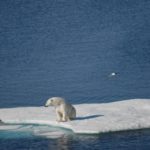
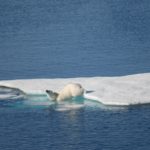
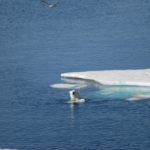
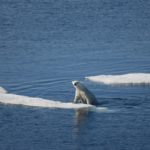
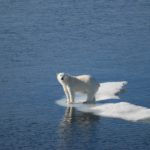

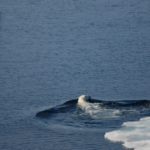
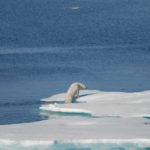
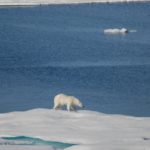

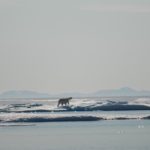
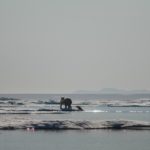


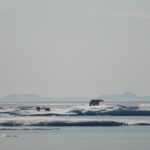
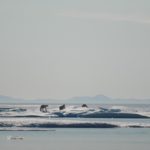
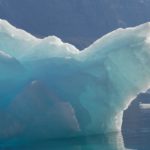
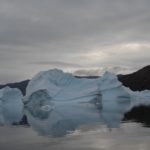
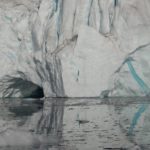
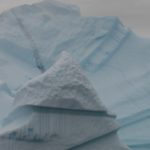
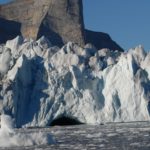

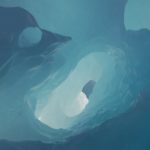


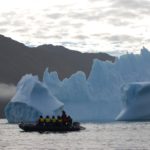
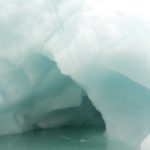

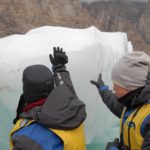

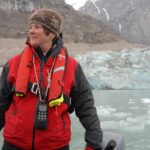
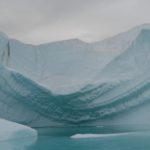
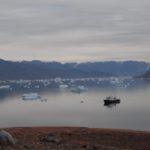
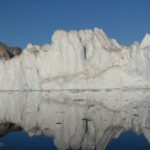
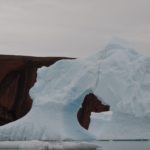

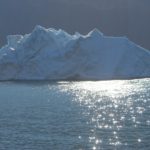
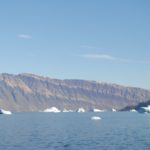

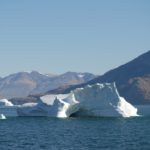

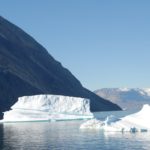
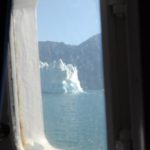
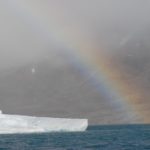

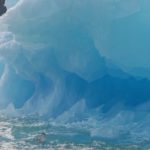
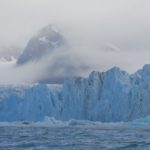

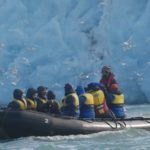
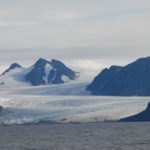
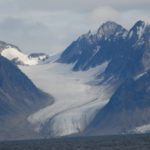
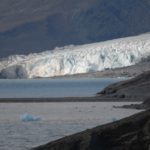
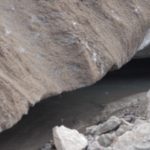

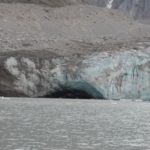

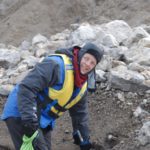

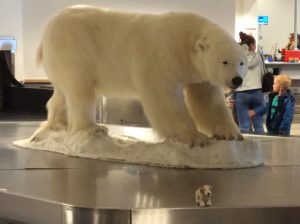
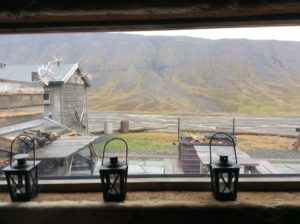
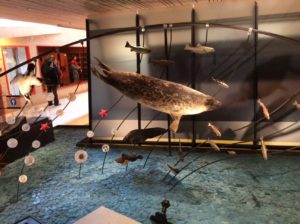
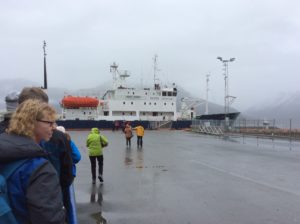
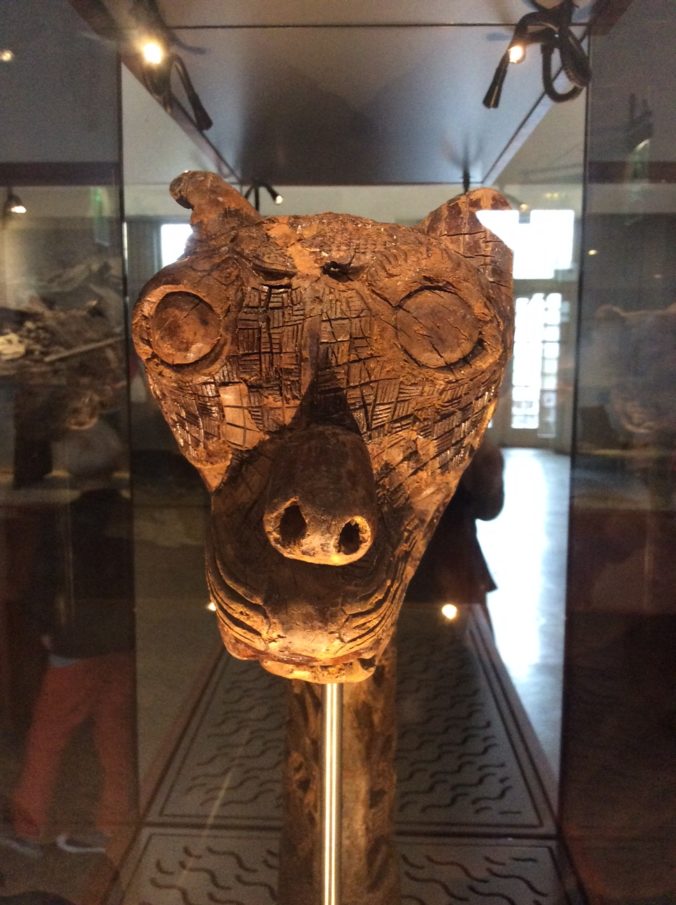
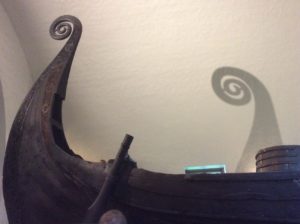

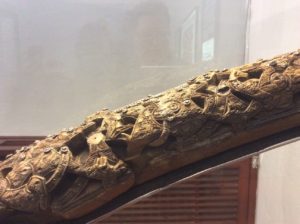





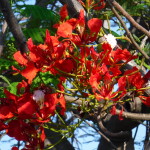
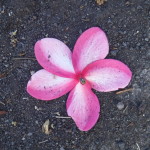


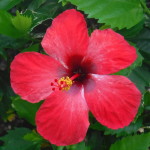
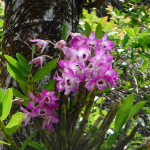
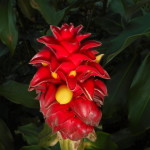




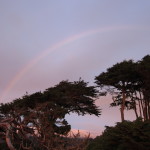
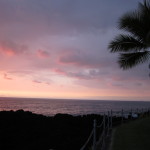
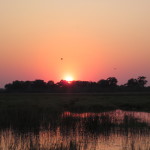

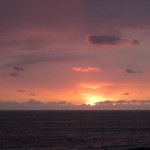
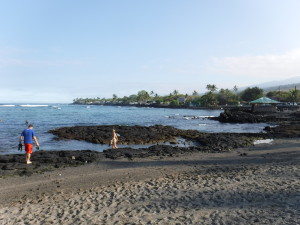
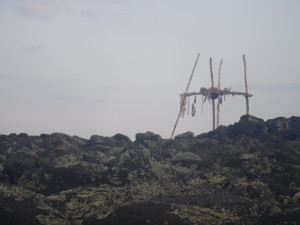
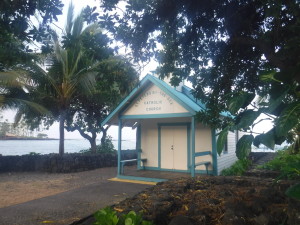
Recent Comments